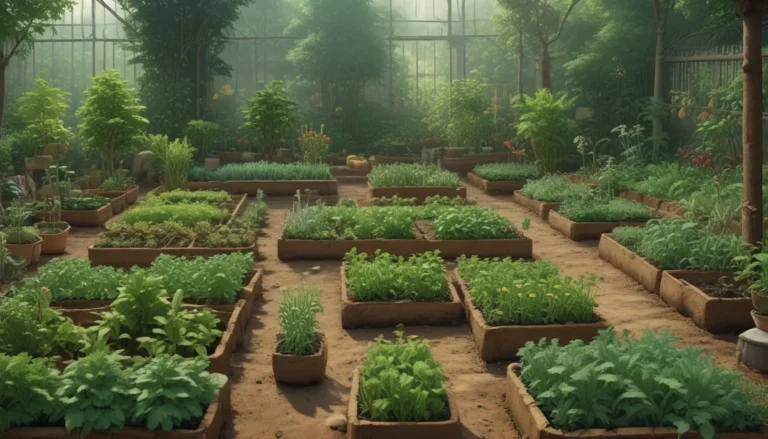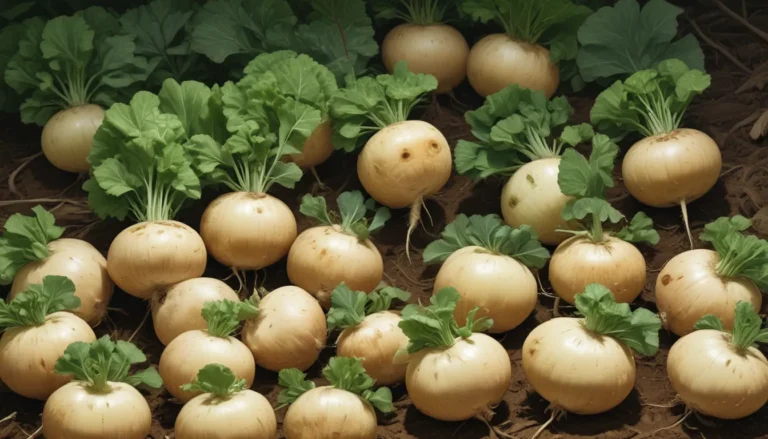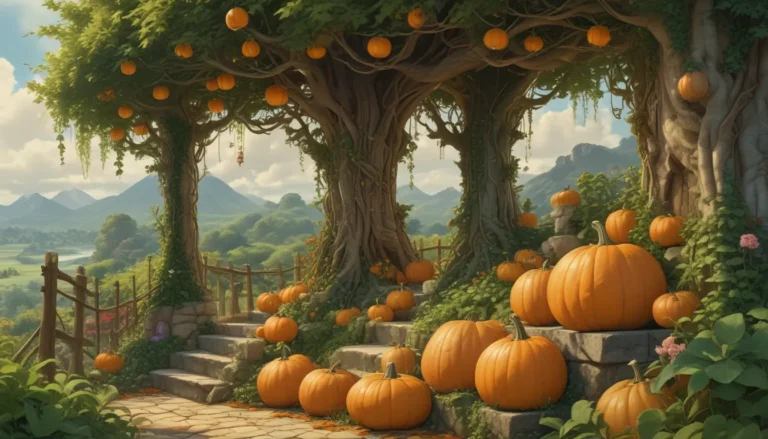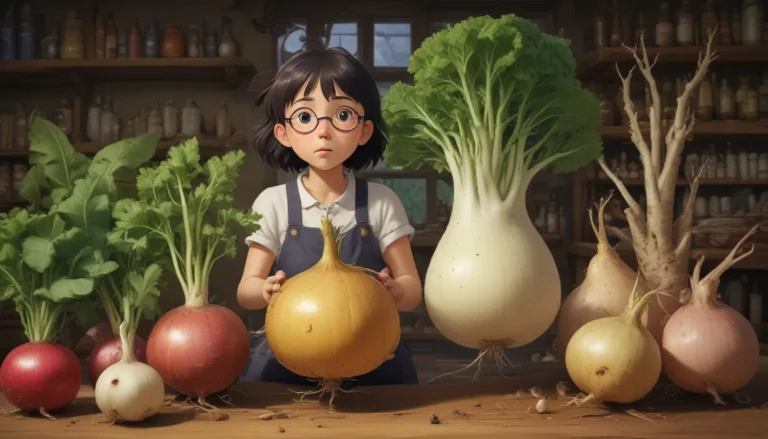31 Potentially Poisonous Plants That Can Harm Humans and Pets
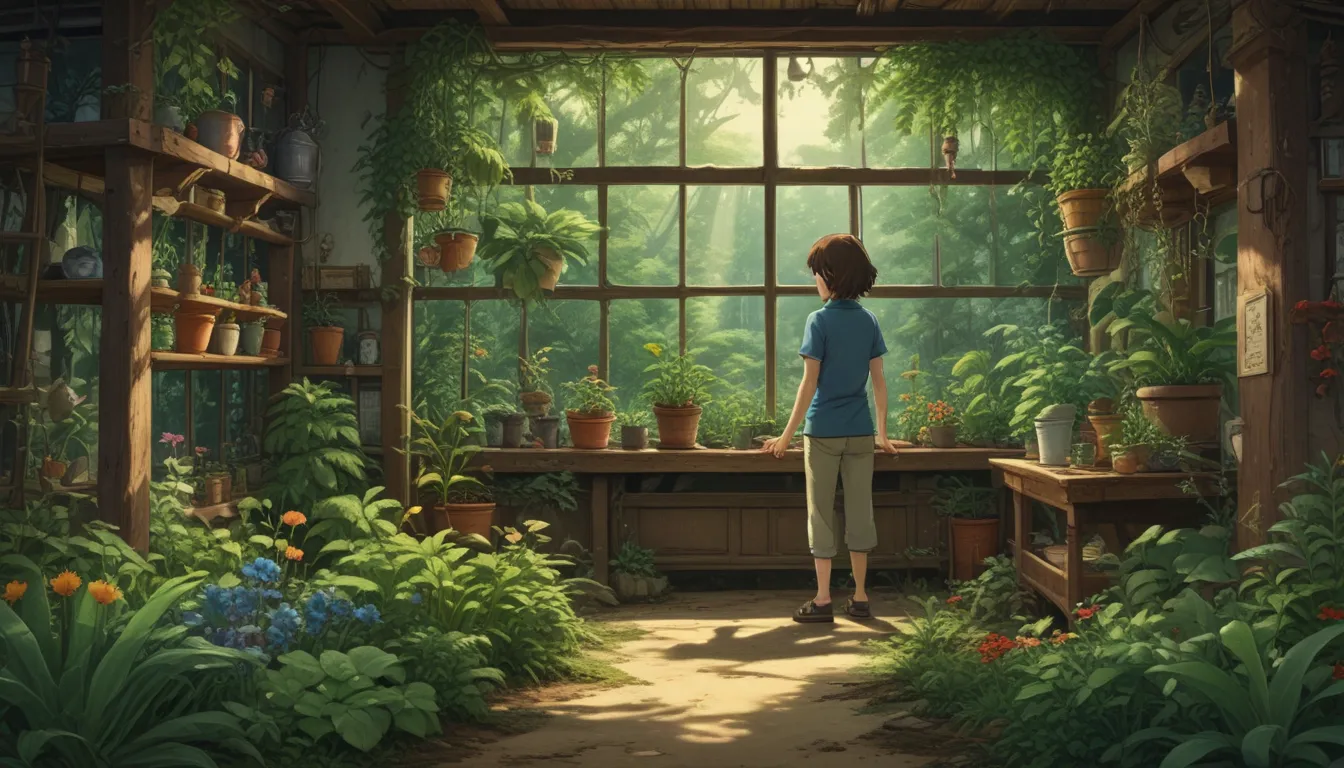
It’s essential to be mindful of the plants we have around our homes, especially if we have pets or young children. Some plants can cause harm, ranging from minor irritation to even death. To help keep everyone safe, let’s explore some of the most potentially poisonous plants commonly found in gardens.
Understanding Poisonous Plants
Before diving into the list of poisonous plants, it’s essential to have a bit of context. While these plants can be harmful, cases of exposure are relatively rare. Only a tiny fraction of calls to poison control centers are related to toxic plant exposure, with the majority of incidents managed at home. Accidental ingestion is the most common way of exposure, highlighting the importance of awareness.
When it comes to choosing what plants to grow, it’s crucial to consider the level of exposure your family members or pets may have. Pets and young children are more susceptible to accidental ingestion due to their curious nature and smaller bodies. Supervision and knowledge of potentially harmful plants can significantly reduce the risks associated with toxic plant exposure.
Exploring Potentially Poisonous Plants
Let’s take a closer look at 31 potentially poisonous plants that are commonly found in gardens and landscapes. Remember, the poison is in the dose, and while some of these plants may be harmful if consumed in large quantities, they can coexist safely when proper precautions are taken.
-
Aconite: Also known as monkshood, aconite is a toxic plant that can cause severe symptoms if ingested. It’s essential to avoid contact with this plant, especially for pets and children.
-
Aloe: While aloe is known for its soothing properties, some species can be toxic if consumed in large amounts. Be cautious when handling aloe plants, particularly around pets.
-
Amaryllis: The beautiful blooms of amaryllis plants contain toxins that can cause various symptoms, including vomiting and diarrhea. Keep these plants out of reach of pets and children.
-
Anemone: Anemones may look harmless, but they contain compounds that can cause severe mouth pain and digestive issues if ingested. Exercise caution when planting them in your garden.
-
Angel’s Trumpet: With its enchanting flowers, angel’s trumpet is a toxic plant that can have serious effects if consumed. Keep this plant away from curious pets and children.
-
Asparagus Fern: Despite its edible appearance, asparagus fern is not safe for consumption. The plant contains toxins that can cause stomach discomfort and other symptoms.
-
Autumn Crocus: Autumn crocus contains toxic compounds that can cause unpleasant symptoms if ingested. Take care to prevent accidental exposure to this plant.
-
Azalea: Azaleas are popular garden plants, but they contain toxins that can lead to digestive issues and weakness if consumed. Keep these plants away from pets and children.
-
Castor Bean: The castor bean plant is known for its toxic seeds, which contain a potent toxin called ricin. Avoid planting this species in areas accessible to pets and children.
-
Chinese Lantern: While Chinese lantern plants are visually appealing, they contain toxins that can cause stomach pain and other symptoms if consumed. Exercise caution when growing this plant.
-
Chrysanthemum: Chrysanthemums contain compounds that act as natural pesticides, making them toxic if consumed in large amounts. Keep an eye on pets and children around these plants.
-
Delphinium: Known for its vibrant flowers, delphinium is a toxic plant that can have severe effects if ingested. Exercise caution when growing this species in your garden.
-
Dieffenbachia: Dieffenbachia plants contain toxic compounds that can cause swelling and other symptoms if ingested. Keep this plant out of reach of pets and children.
-
English Ivy: English ivy contains toxins that can cause drooling and digestive issues if consumed. Take care when handling this plant, especially if you have pets.
-
Foxglove: Foxglove plants contain compounds that can affect the heart and other organs if consumed. Exercise caution when growing this species around pets and children.
-
Honeysuckle: Honeysuckle plants contain cyanogenic glycosides that can cause stomach upset if consumed. Keep an eye on pets and children around these plants.
-
Hydrangea: Hydrangea plants contain toxins that can lead to digestive discomfort if consumed. Prevent accidental exposure to this plant, especially for pets and children.
-
Jimson Weed: Jimson weed is a highly toxic plant that can cause severe symptoms if ingested. Keep this plant away from pets and children to prevent accidental poisoning.
-
Lantana: Lantana plants contain compounds that can cause stomach upset and other symptoms if consumed. Exercise caution when growing this plant, especially around grazing animals.
-
Lily: Lilies are toxic to pets and mildly toxic to humans. Keep pets away from lilies to prevent symptoms such as drooling and vomiting.
-
Lily of the Valley: Lily of the valley contains toxins that can affect the heart and other organs if consumed. Exercise caution around this plant, especially for pets and children.
-
Morning Glory: Morning glory seeds contain compounds that can cause hallucinogenic effects and other symptoms if consumed. Keep this plant out of reach of pets and children.
-
Mountain Laurel: Mountain laurel is a toxic plant that can cause severe symptoms if ingested. Exercise caution when growing this species, especially around pets.
-
Narcissus: Narcissus plants contain toxic alkaloids that can cause dizziness and other symptoms if consumed. Prevent accidental exposure to these plants, especially for pets.
-
Oleander: Oleander is a highly toxic plant that can cause severe symptoms if ingested. Avoid planting oleander in areas accessible to pets and children.
-
Rhododendron: Rhododendrons contain toxins that can affect the heart and other organs if consumed. Exercise caution around these plants to prevent accidental poisoning.
-
Rhubarb: Rhubarb leaves contain oxalic acid, which can cause digestive issues and kidney problems if consumed. Exercise caution when handling rhubarb plants, especially around pets.
-
Sago Palm: Sago palms contain toxins that can cause dizziness and other symptoms if consumed. Keep this plant away from pets to prevent accidental poisoning.
-
Snake Plant: Snake plants contain compounds that can cause weakness and other symptoms if ingested. Exercise caution when handling this plant, especially around pets.
-
Wisteria: Wisteria plants contain toxins that can cause stomach upset and other symptoms if consumed. Take care to prevent accidental exposure to this plant, especially for pets.
-
Yew: Yew trees are highly toxic to humans and pets, containing compounds that can affect the heart and other organs. Avoid planting yew trees in areas accessible to pets and children.
Conclusion
While these plants may pose risks if consumed, with proper precautions and awareness, they can coexist safely in your garden. By educating yourself and your family members about potentially poisonous plants, you can enjoy a beautiful garden while keeping everyone safe.
Have you had any experience with any of these plants? Share your stories in the comments below. Stay informed, stay safe, and enjoy your garden responsibly!
